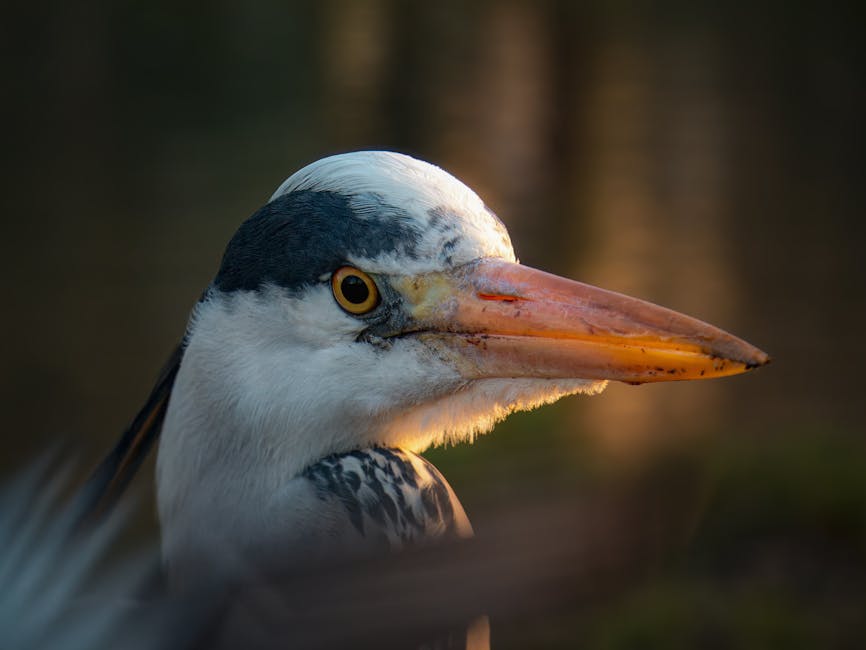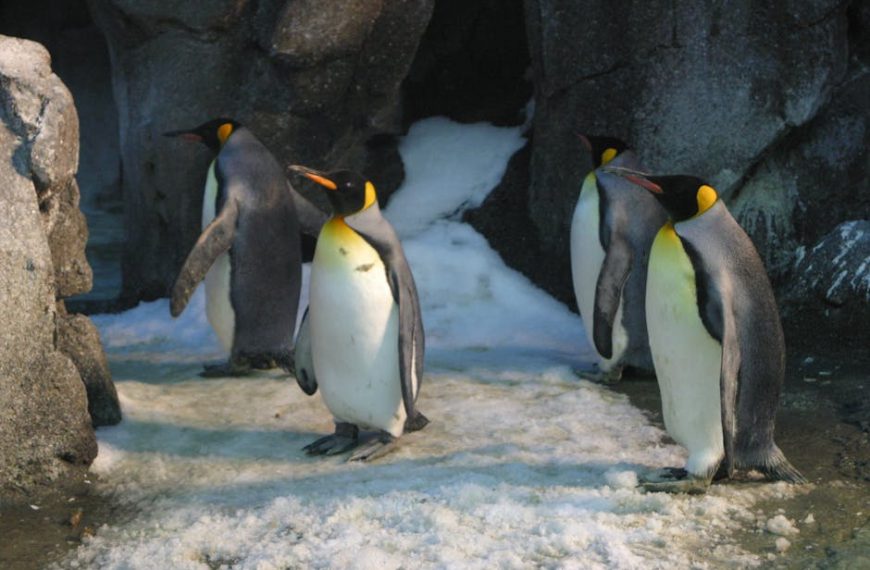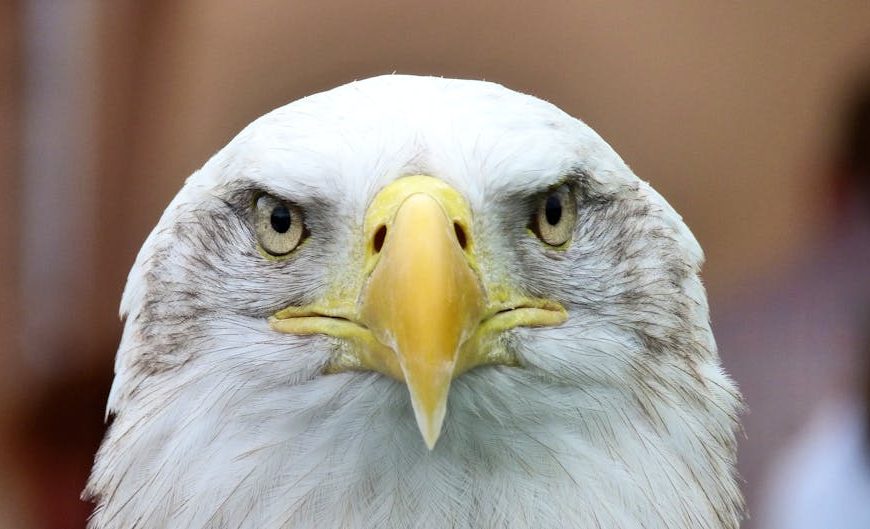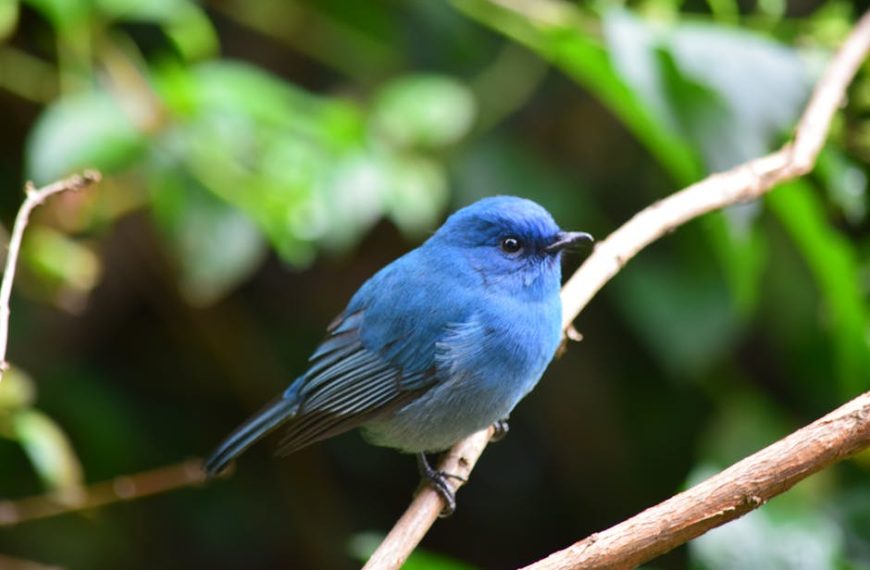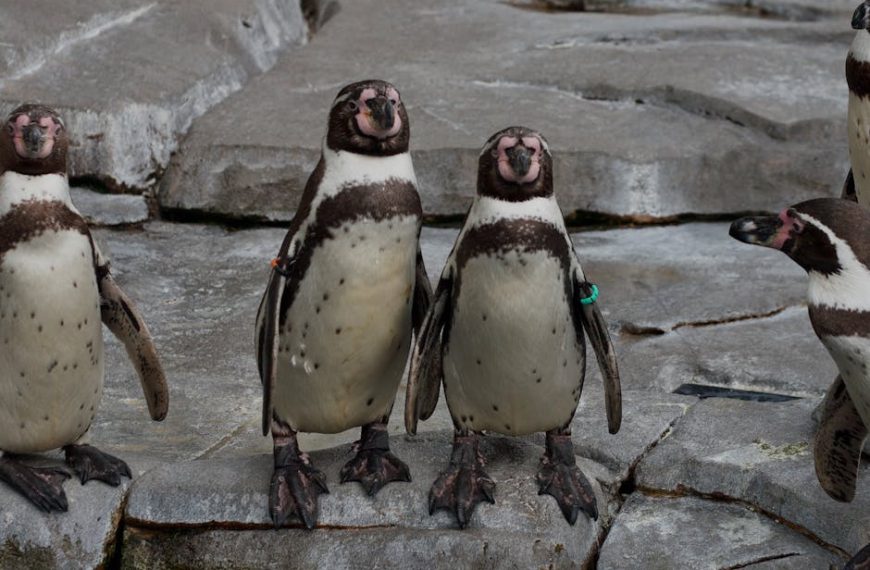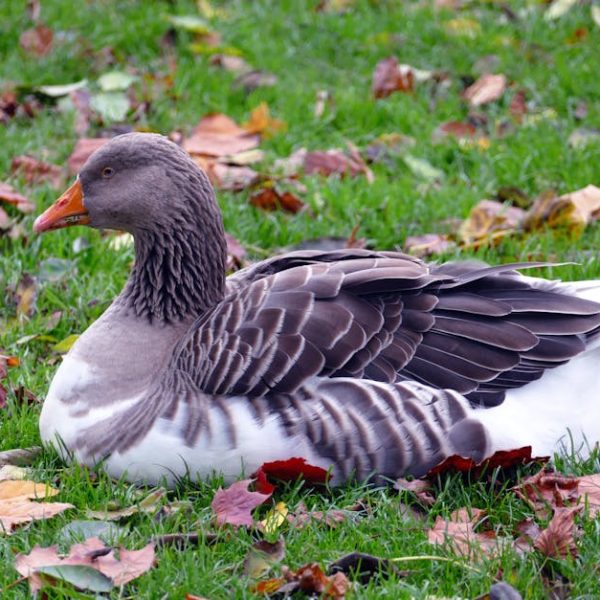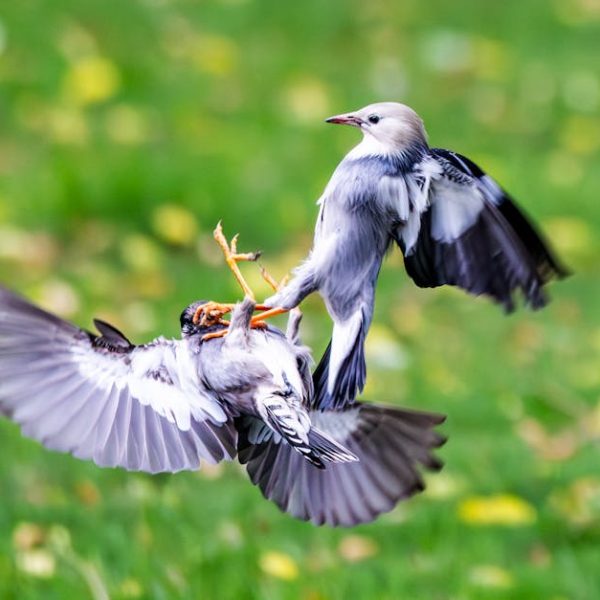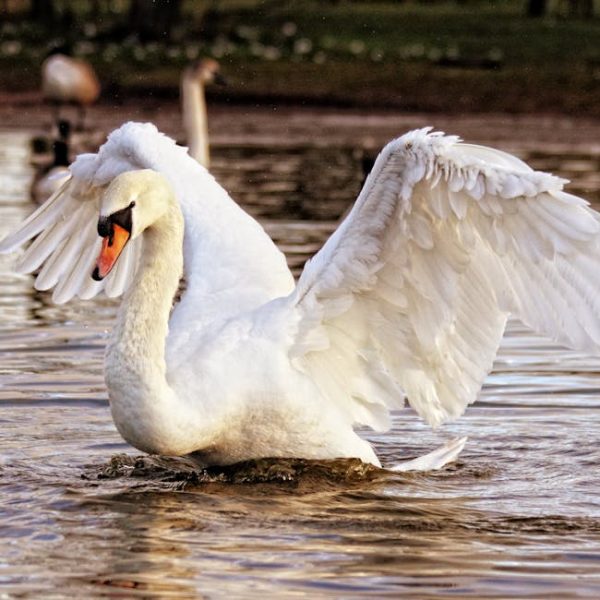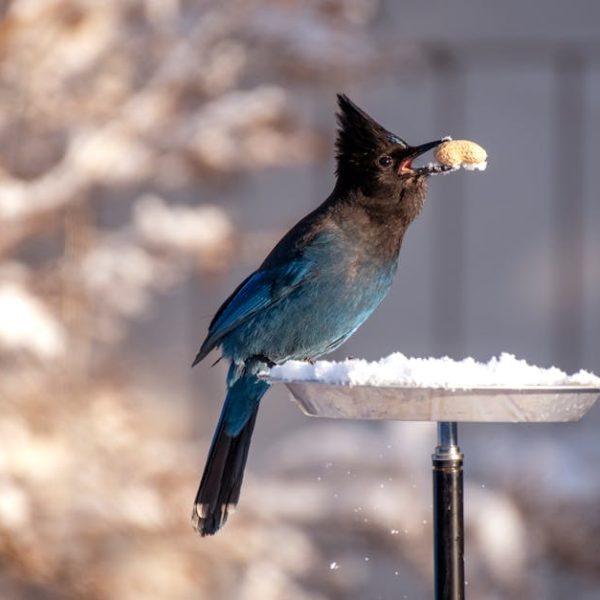Anatomical Differences Between Birds and Reptiles
At first glance, it’s obvious that birds and reptiles differ physically, each coming equipped with unique traits that enable their survival in diverse environments. The most prominent anatomical divergence is that while birds are adorned with feathered bodies, reptiles are coated with dry, scaly skin. Not only are these distinctive outer coverings a primary identification feature, they also serve key roles – feathers aid in insulation, waterproofing and flight, whereas reptile scales protect against predators and prevent water loss.
Their unique beak and snout structures serve as another significant distinguishing factor. While birds utilize their strong, lightweight beaks to catch food and build nests, reptiles exploit their snouts, often equipped with specialized fangs or venom glands, to secure prey or defend against threats.
Beneath the surface, birds possess hollow, lightweight bones structured to allow for flight, while reptiles have denser, solid bones. If we descend to their feet, we’ll notice that bird’s legs and feet are specifically adapted for perching, with three toes pointing forward and one backwards. Reptiles, however, have limbs varying from short, sprawling legs to no legs at all in snakes.
Physiological Variations Between Birds and Reptiles
The physiological differences between birds and reptiles speak volumes about the unique characteristics defining these groups. For instance, metabolic rates give us a fascinating insight into the overall energy consumption of these creatures. Birds, being warm-blooded, possess high metabolic rates allowing them to maintain a constant, high body temperature. Conversely, reptiles conserve energy by relying on external environmental conditions to regulate their body temperature.
While both groups show novel adaptations in respiratory and circulatory systems, birds exhibit a highly efficient airflow design that allows for continuous, unidirectional air flow, maximizing oxygen extraction. Reptiles, though, typically demonstrate bidirectional breathing due to their simpler lung structure.
When it comes to circulatory anatomy, bird hearts house a double circulatory system with four chambers, resulting in a complete separation of oxygenated and deoxygenated blood. Most reptiles, excluding crocodiles, utilize a three-chambered heart, resulting in a partial mixing of blood.
Different Reproductive Strategies of Birds and Reptiles
In the sphere of reproduction, although both birds and reptiles are oviparous, laying amniotic eggs, their strategies vastly differ. Birds, unlike most reptiles, display extensive parental care, including incubation, feeding, and protecting their young. Certain reptiles, such as crocodiles, exhibit some level of parental care, but most reptile young are independent from birth.
Breeding seasons among birds and reptiles are shaped by territorial requirements and environmental factors. Birds are usually extremely territorial during breeding seasons, constructing complex nests and employing showy courtship displays. Reptiles, while some species do guard territories, generally show less aggressive territorial behaviors.
Understanding these divergent reproductive behaviors is essential to comprehend the survival and evolutionary strategies employed by these remarkable groups of animals.
Behavioral Differences Between Birds and Reptiles
Aside from the physical and physiological differences, behavioral distinctions equally set these two groups apart. Bird behavior is often more complex than that of reptiles, as many bird species maintain intricate social structures, exhibit cooperative breeding, and regularly participate in various forms of communication, from bird song to plumage display.
When it comes to hunting strategies, most reptiles are ambush predators, lying in wait for their prey to cross their path. Birds on the other hand, generally employ active hunting strategies, using their exceptional flight speed, eyesight, and agility to catch prey.
Perhaps one of the most fascinating behavioral differences is the migration habits of birds. Many bird species undertake long journeys between breeding and wintering grounds, a behavior which few reptiles possess, except for certain sea turtle species that migrate across oceans to lay eggs.
Adaptations That Separate Birds from Reptiles
Over millions of years, both birds and reptiles have honed distinctive adaptations that have enabled their survival and proliferation in different niches. This is evident in the diverse forms in each group, with birds exemplifying adaptations for flight and reptiles showcasing their mastery of terrestrial adaptations.
Birds’ most significant adaptation is arguably the feather, which serves multiple functions: they provide insulation, waterproofing, and most importantly, enable flight. The evolution of powered flight in birds has arguably been one of their keys to success, offering them unparalleled mobility, evasion from predators, and access to diverse food sources.
Reptiles, on the other hand, showcase a stunning array of forms ranging from the sleek, legless serpents to the armored giants like crocodiles and tortoises. Reptiles’ wide-ranging adaptations, enabling them to inhabit an array of terrestrial environments – from swamps and forests to deserts – stand testimony to their resiliency and versatility.
As we delve into the wondrous world of birds and reptiles, we gain insight into the remarkable traits and adaptations that set these two groups apart, and better appreciate the extraordinary diversity of life on Earth.
Key Takeaway:
- Birds and reptiles demonstrate significant anatomical differences. Their body coverings – feathers in birds and scales in reptiles – are one primary distinguishing feature that also perform key survival functions.
- Physiologically, birds and reptiles demonstrate contrasting attributes in metabolic rate, body temperature regulation, respiratory and circulatory systems. Birds have high metabolic rates and a more efficient respiratory system, while reptiles regulate their body temperature using environmental conditions and have simpler lung structures.
- Despite both being oviparous, birds and reptiles display unique reproductive strategies. Birds show extensive parental care and are territorial during breeding seasons, while most reptiles exhibit independence from birth and are less aggressive.
- Birds’ complex social structures and active hunting strategies contrast with reptiles’ simpler social systems and ambush hunting methods. The migration habits of birds also represents a significant behavioral difference.
- Over millennia, both groups have developed distinctive adaptive traits, birds for flight and reptiles for inhabiting various terrestrial environments, leading to their successful survival in diverse ecological niches.
Ending on a positive note, it is encouraging to see how much we can learn about evolution, adaptation, and survival from observing and studying these fascinating creatures. Knowledge about birds and reptiles not only satiate our curiosity about life but also help us develop a better understanding of the diverse world of nature.
FAQs
Q: Do both birds and reptiles lay eggs?
A: Yes, both birds and reptiles lay eggs, but their egg-laying and incubation practices may differ significantly.
Q: What role do feathers and scales play in the survival of birds and reptiles respectively?
A: Feathers in birds provide insulation, waterproofing, and aid in flight, while scales in reptiles offer protection and prevent water loss.
Q: Are all reptiles cold-blooded?
A: Yes, all reptiles are ectotherms, meaning they regulate their body temperature by relying on external environmental conditions.
Q: Do birds have better eyesight than reptiles?
A: Generally, birds have superior vision to that of most reptiles. This improved eyesight is often crucial for activities like hunting and avoiding predators.
Q: Why are birds often more social than reptiles?
A: Birds’ social behavior is largely due to their need for cooperative breeding, territorial defense and communication. In contrast, reptiles often live solitary lives, coming together primarily for mating.
Finally, don’t forget to share this insightful article and make sure to explore other posts on our website for more intriguing topics!
